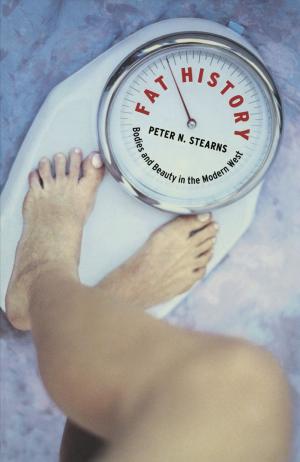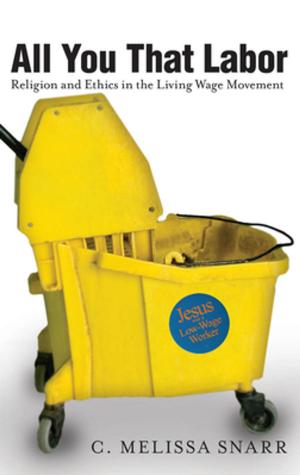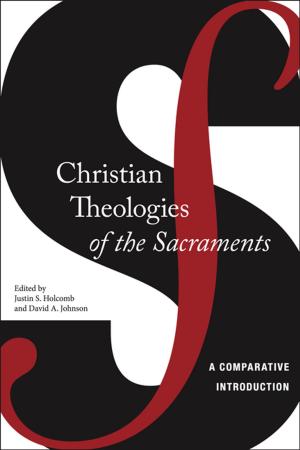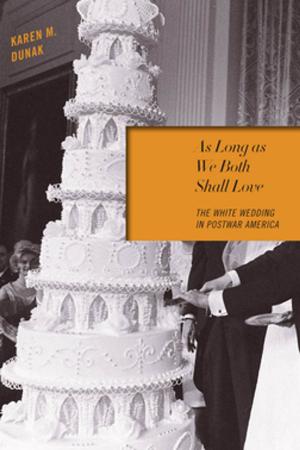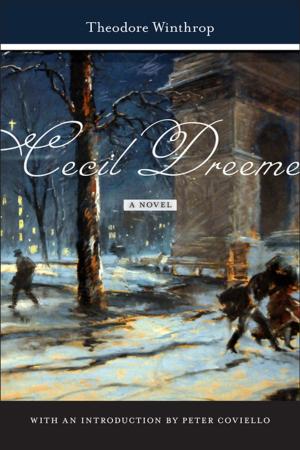Punishment, Prisons, and Patriarchy
Liberty and Power in the Early Republic
Nonfiction, Social & Cultural Studies, Social Science, Crimes & Criminals, Penology| Author: | Mark E. Kann | ISBN: | 9780814748671 |
| Publisher: | NYU Press | Publication: | August 1, 2005 |
| Imprint: | NYU Press | Language: | English |
| Author: | Mark E. Kann |
| ISBN: | 9780814748671 |
| Publisher: | NYU Press |
| Publication: | August 1, 2005 |
| Imprint: | NYU Press |
| Language: | English |
Punishment, Prisons, and Patriarchy tells the story of how first-generation Americans coupled their legacy of liberty with a penal philosophy that promoted patriarchy, especially for marginal Americans.
American patriots fought a revolution in the name of liberty. Their victory celebrations barely ended before leaders expressed fears that immigrants, African Americans, women, and the lower classes were prone to vice, disorder, and crime. This spurred a generation of penal reformers to promote successfully the most systematic institution ever devised for stripping people of liberty: the penitentiary.
Today, Americans laud liberty but few citizens contest the legitimacy of federal, state, and local government authority to incarcerate 2 million people and subject another 4.7 million probationers and parolees to scrutiny, surveillance, and supervision. How did classical liberalism aid in the development of such expansive penal practices in the wake of the War of Independence?
Punishment, Prisons, and Patriarchy tells the story of how first-generation Americans coupled their legacy of liberty with a penal philosophy that promoted patriarchy, especially for marginal Americans.
American patriots fought a revolution in the name of liberty. Their victory celebrations barely ended before leaders expressed fears that immigrants, African Americans, women, and the lower classes were prone to vice, disorder, and crime. This spurred a generation of penal reformers to promote successfully the most systematic institution ever devised for stripping people of liberty: the penitentiary.
Today, Americans laud liberty but few citizens contest the legitimacy of federal, state, and local government authority to incarcerate 2 million people and subject another 4.7 million probationers and parolees to scrutiny, surveillance, and supervision. How did classical liberalism aid in the development of such expansive penal practices in the wake of the War of Independence?

